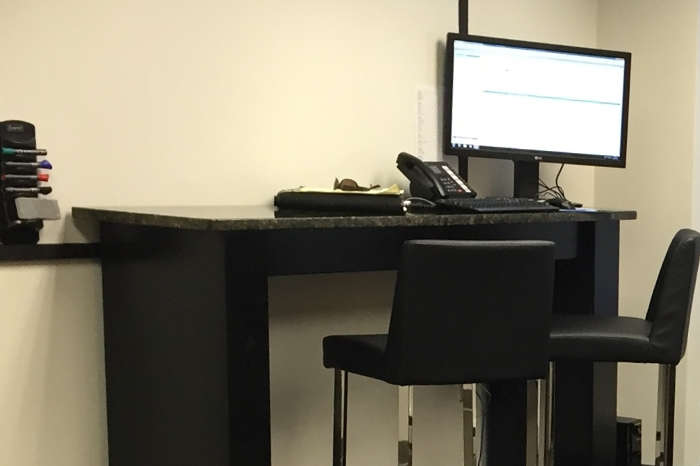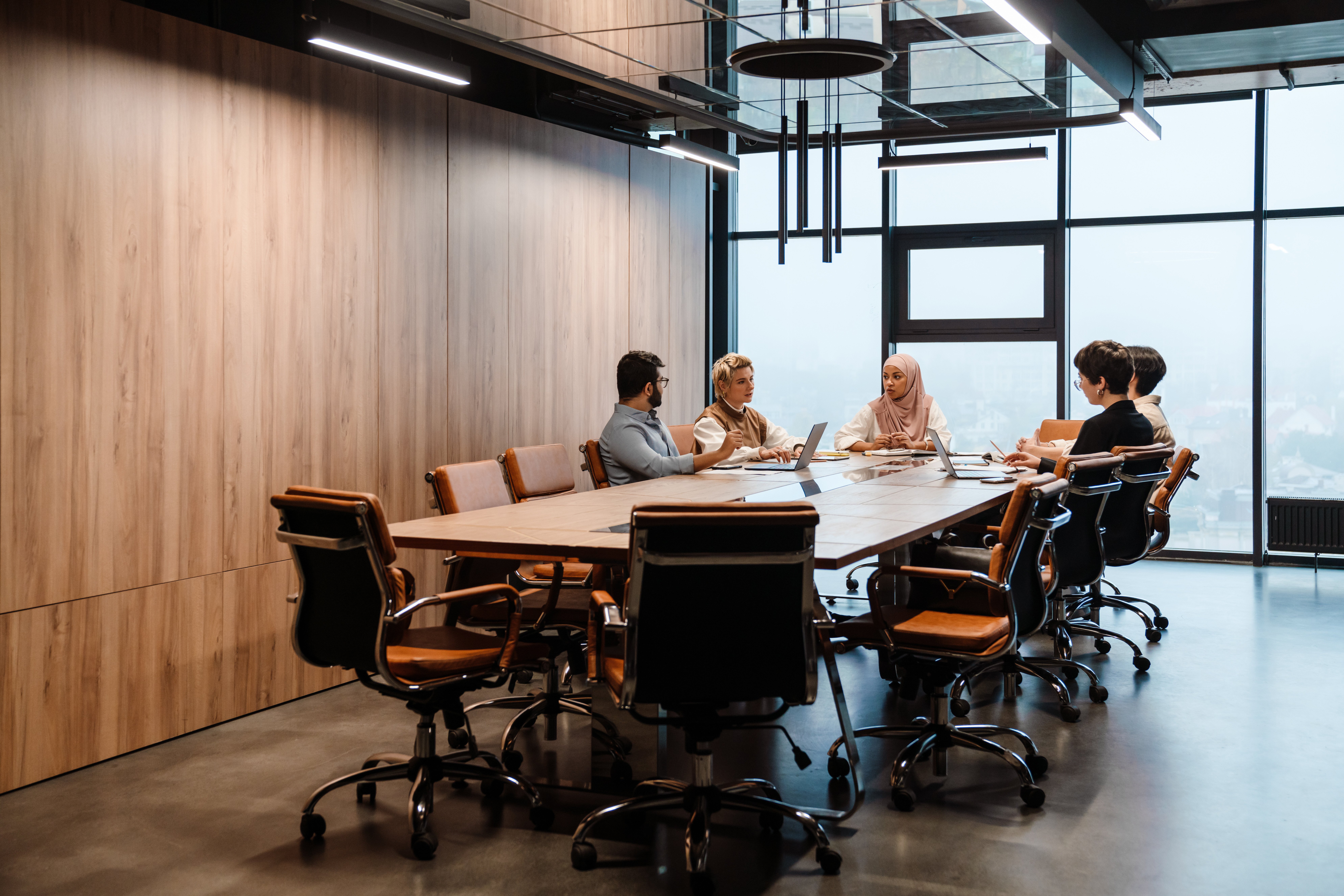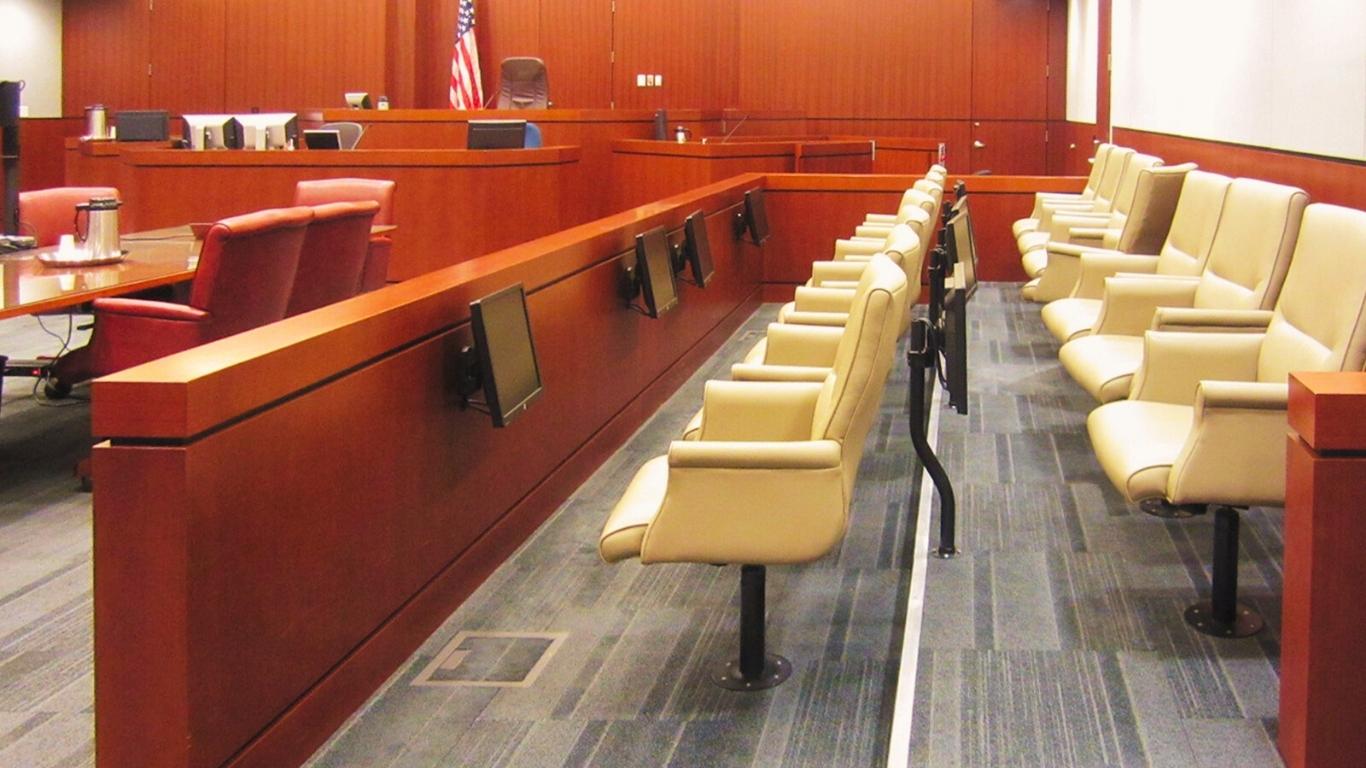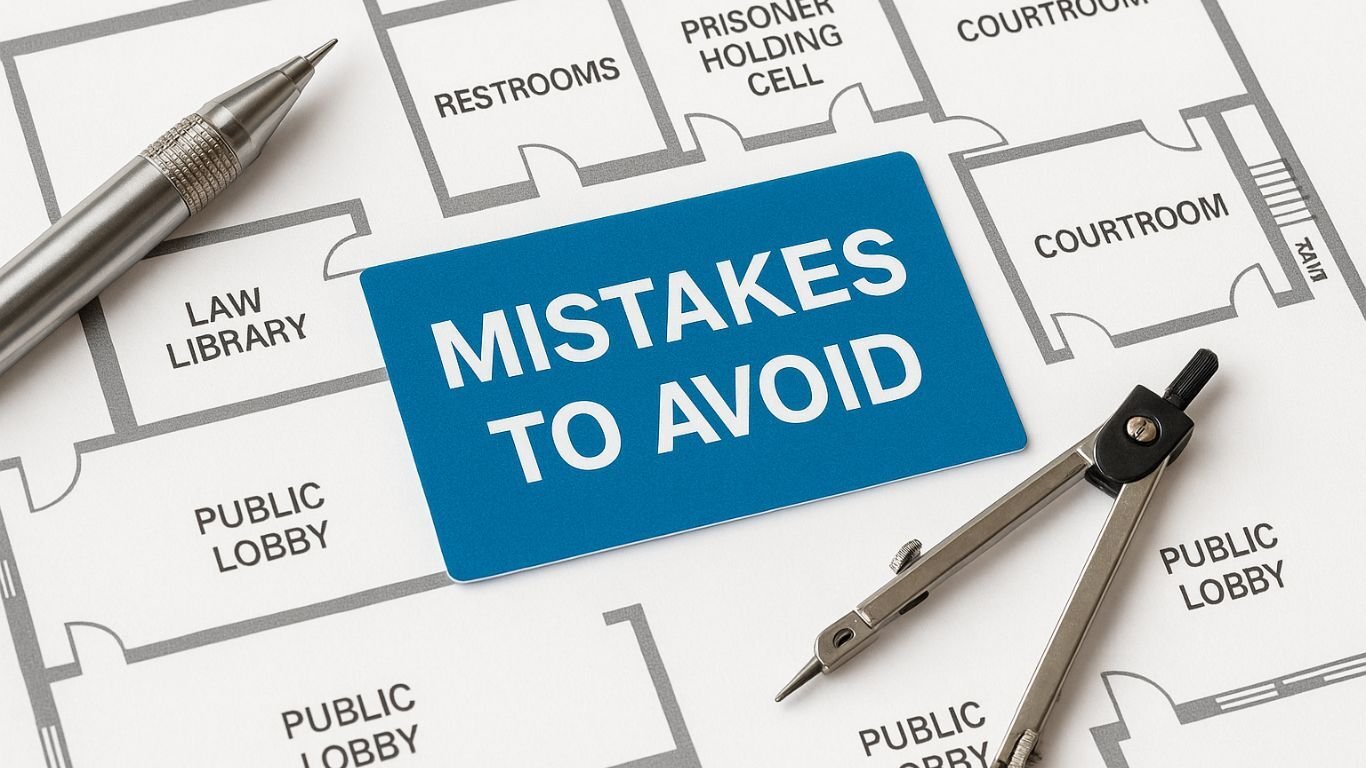I’ve posted about my attorney’s downtown Washington, D.C. law firm opening a satellite office specifically designed for mobility in northern Virginia.
This mobility-oriented law office, described in The Ruling is In, and Mobile Matters, continues to break the mold.
In a recent conversation, my attorney shared that a newly implemented, internet-based marketing effort had proven highly successful and significantly increased the volume of clients seeking to retain the firm’s services. However, before succumbing to the potential mistakes of a knee-jerk reaction in response to the anticipated workload increase, the firm took time to analyze the characteristics of the prospective clients, the areas of law where they required assistance, and the geographic regions where they resided. This analysis was intended to guide the firm in determining the appropriate number of attorneys, paralegals, and other required support staff and the specific legal specialties that would be necessary. It was also meant to indicate where the firm should expand its office facilities within the Washington, D.C. metropolitan area.
This is a summary of the analysis results:
- A substantial majority of the new clients sought representation as plaintiffs in a personal injury claim.
- Most of the claims were auto-related and involved relatively small damages that would not likely go to trial and could be handled by a paralegal negotiating with an insurance company. Only a tiny portion of these cases would require the involvement of an attorney.
- The most excellent density of new clients was in suburban, southern Maryland communities just beyond the Washington, D.C. limits.
- These communities were generally not affluent, and consequently, the residents were not expected to be present in the downtown area to the same degree as would be typical of the firm’s corporate clients.
A Satellite Office is Born
From these observations, the firm concluded that it would require the addition of 16 new personal injury-trained paralegals plus two office support staff members but would not require additional attorneys to accommodate the increasing workload. It also determined that another satellite office in the southern Maryland suburbs would be the most effective location for serving the new client base.
Given the success of the mobile work practice-oriented suburban office in northern Virginia, the firm decided to make this its new business model.
The new mobile satellite office in Maryland will replicate the basic design, contemporary furniture selections, and open office layout concepts of their first Virginia satellite office, and full-time paralegals and support staff will be hired to work on-site. Each will be provided with a dedicated workstation. However, the firm’s current staff of lawyers – including my attorney – will use the six touchdown stations when visiting the office.
To quote my attorney, “Like my Virginia office, I can swing in here for an hour or two, get some work done at the computer, and get to a trial or back home without the need to sit in gridlocked Washington, D.C. traffic. Again, the tech revolution has allowed me to take on more clients and still provide them with better service.”

Not Your Father’s Lawyer’s Desk
The firm will continue to maintain its more formal Washington, D.C. headquarters. There is a recognition that old stereotypes are hard to break. The firm feels that the formal office is necessary to maintain the image of a solid, established law firm. However, with electronic case filing, electronic management of cases, wireless communications, and the internet, the headquarters office will likely become a less actively used alternative. Instead of expanding its downtown office to accommodate the staff growth, the law office is decentralizing to locate closer to its customer base while reducing the size and cost of its new space by adopting a more mobile and collaborative satellite office layout.
My attorney's new revelation about mobile work practices has made me less surprised. Still, I am impressed with the extent of procedural and facility innovations adopted by the firm. The expanded use of the new mobile business model adds even more excellent credit to the foresighted approach to the practice of law that is yet to be expected in a business sector known for its adherence to tradition.





















